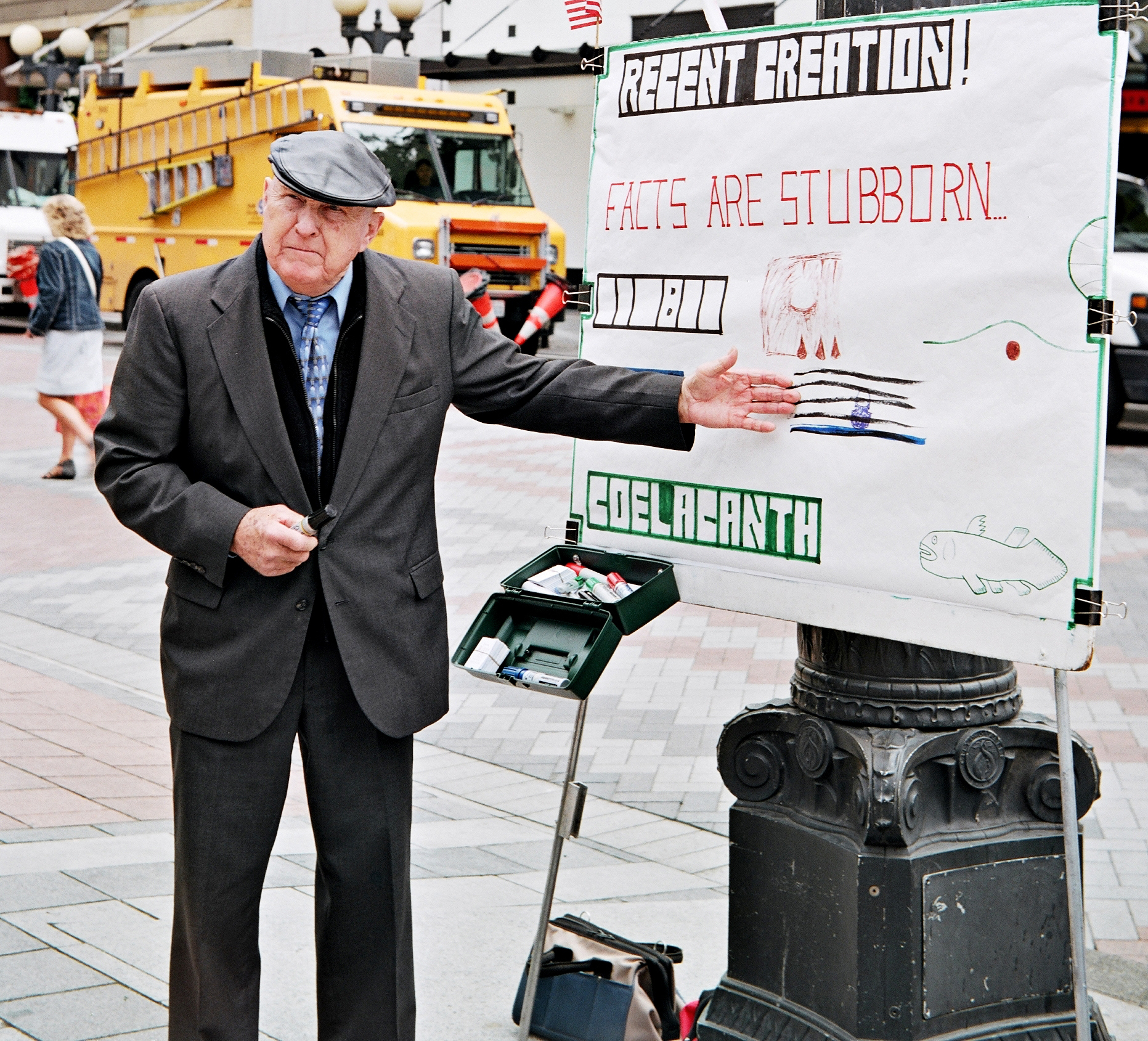When it comes to street photography, I think that the key word is – Wander! Fill your pockets with film, put your tripod over your shoulder, choose what you think will be an interesting part of town, and just wander the streets. Keep your eyes open, and look for interesting shop windows and street people. Peer down alleys. Look for squares, public markets, and quaint streets where buskers may hang out. Is a mechanic under a car? Could that barista or hot dog vendor make an interesting image? Look for people doing their jobs. Walk streets you’ve walked before – you may see a new image you missed last time.
Being prepared to change exposure on a manual camera is important. Usually, I find two predominant exposure environments under any lighting conditions: full light on the street and sidewalk, and shade under buildings and awnings. The exposure difference is usually about two stops. With ISO 200-400 film, I try to set the shutter speed to the inverse of the focal length of the lens (1/100 second for the 100 mm lenses typically used with 120 6x9cm images). Often, on our typically overcast Pacific Northwest days, I have to push the shutter speed to 1/50 or 1/25 second and brace the camera carefully . Since black and white images seem to look best with maximum depth of field, I try to avoid using the lens wide open if at all possible. I will typically choose the most functional shutter speed, then open or close the lens by two stops as I encounter subjects on the sidewalk or beneath buildings and shift from light to shade.
This preacher was giving his illustrated lecture in Westlake Center in downtown Seattle, attended by a semicircle of onlookers. I snapped his image as unobtrusively as possible from the periphery of the crowd on Kodak VC-160 with my Ensign 16-20.
This image appeared in the Fall 2010 edition of Canadian Camera magazine.
